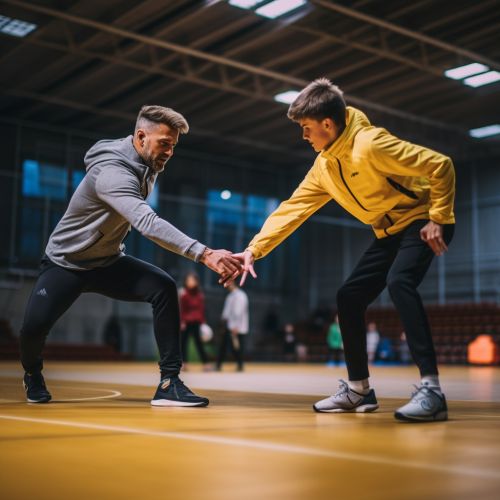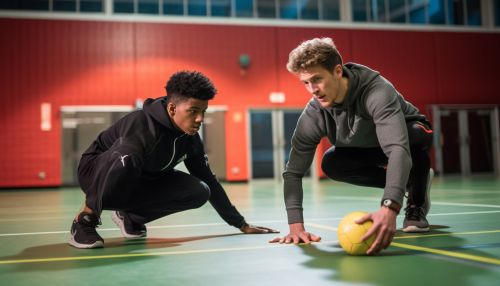Motor Learning
Introduction
Motor learning is a sub-discipline of motor control that examines how individuals acquire motor skills. Motor learning is a relatively permanent change in the ability to execute a motor skill as a result of practice or experience. This is different from physical changes such as growth or fatigue.
Motor Learning Theories
Motor learning is a complex process that involves the brain, muscles, limbs, and often the senses. Theories of motor learning provide us with a conceptual framework for understanding how these components interact to produce movement.
Schema Theory
The Schema Theory of motor learning was proposed by Richard Schmidt in 1975. This theory suggests that when a movement is performed, it is stored in the memory as a Schema, which is a set of rules that identify the relationship between the outcomes and the parameters of the movement.
Ecological Theory
The Ecological Theory of motor learning, proposed by James Gibson, emphasizes the role of the environment in shaping our movements. According to this theory, individuals learn to adapt their movements in response to the environment, and the learning process is driven by the goal of the movement and the constraints of the environment.
Dynamic Systems Theory
The Dynamic Systems Theory of motor learning, proposed by Esther Thelen, suggests that movement patterns emerge as a result of the interaction between the individual, the task, and the environment. This theory emphasizes the role of variability in motor learning and suggests that movement patterns are not pre-programmed but emerge through practice.
Stages of Motor Learning
Motor learning typically occurs in stages, each of which is characterized by different performance characteristics.
Cognitive Stage
The Cognitive Stage of motor learning is the initial stage where the learner tries to understand the task requirements and develop a basic movement strategy. This stage is characterized by large and rapid improvements in performance.
Associative Stage
The Associative Stage of motor learning is where the learner starts to refine the movement strategy and reduce errors. This stage is characterized by slower and more gradual improvements in performance.
Autonomous Stage
The Autonomous Stage of motor learning is where the movement becomes automatic and the learner can perform the task without conscious effort. This stage is characterized by stable performance and the ability to multitask.
Factors Affecting Motor Learning
Several factors can influence the motor learning process, including individual characteristics, task characteristics, and environmental conditions.
Individual Characteristics
Individual characteristics such as age, gender, physical fitness, and cognitive abilities can influence motor learning. For example, younger individuals tend to learn motor skills faster than older individuals, and individuals with higher cognitive abilities tend to learn motor skills more efficiently.
Task Characteristics
Task characteristics such as the complexity and specificity of the task can also influence motor learning. Complex tasks typically require more practice and longer learning times, while specific tasks tend to be learned more quickly.
Environmental Conditions
Environmental conditions such as the availability of feedback, the context of practice, and the presence of distractions can also influence motor learning. For example, feedback can enhance learning by providing information about performance, while distractions can hinder learning by diverting attention away from the task.
Motor Learning Strategies
Motor learning strategies are techniques that can be used to facilitate the acquisition of motor skills.
Part Practice
Part Practice is a strategy where the skill is broken down into parts, and each part is practiced separately before practicing the whole skill. This strategy is particularly useful for complex skills that can be easily divided into parts.
Whole Practice
Whole Practice is a strategy where the entire skill is practiced as a whole. This strategy is particularly useful for skills that are difficult to divide into parts, or where the parts have a strong temporal or spatial interdependence.
Random Practice
Random Practice is a strategy where several different skills are practiced in a random order. This strategy is particularly useful for improving the ability to perform skills in a variable environment.
Blocked Practice
Blocked Practice is a strategy where one skill is practiced repeatedly before moving on to the next skill. This strategy is particularly useful for beginners who are learning a new skill.
Conclusion
Motor learning is a complex process that involves the interaction of the brain, muscles, limbs, and senses. It is influenced by a variety of factors, including individual characteristics, task characteristics, and environmental conditions. Understanding the principles and theories of motor learning can help individuals improve their motor skills and performance in a variety of tasks.


